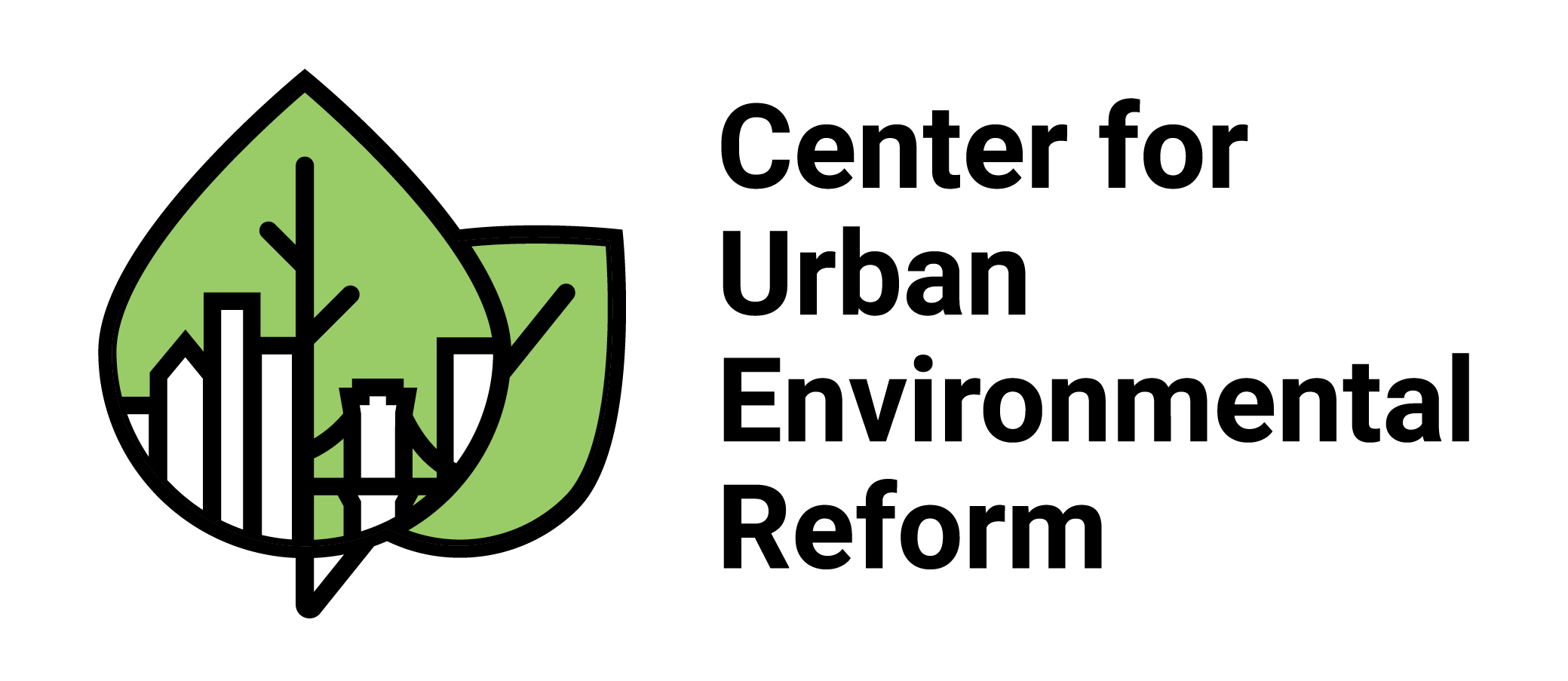The Importance of Urban Trees
A new report by the Nature Conservancy has detailed an interesting way to help save lives in cities: planting trees. As the report details, planting trees in urban centers can help reduce pollution while also limiting the impact of heatwaves.
First, planting urban trees is important because they can soak up the particulate matter that all urban centers experience. This is important in limiting the health impacts of pollution, especially in communities that see higher levels of pollution than other areas of the city. In New York, this could be an important method for bringing down asthma rates in areas like the South Bronx, where 72 out of every 100,000 people is hospitalized for asthma, as compared to 36 out of every 100,000 for the rest of the city.

Second, urban trees can help reduce the impact of heat waves from between .5 degrees Celsius to 2 degrees Celsius. This is important because each 1 degree Celsius increase during a heatwave could lead to as much as a 3 percent increase in mortality rates.
Urban tree planting can help create a sustainable and resilient system within New York while also helping to mitigate some of the health effects of living in an urban center. These health impacts unduly fall on underserved communities that traditionally lack the resources to effectively combat them. As such, planting trees in cities can be a way to both reduce health impacts and create some equity in how those impacts are distributed.
This isn’t as simple as planting trees wherever you can. Rather, to truly achieve the impact desired, trees must be planted in the areas most affected by pollution and heat waves. This means you must identify areas most at risk of suffering during heatwaves or from air pollution. In addition, you must identify trees that are good at trapping pollution without also releasing pollen that could inflame allergies.
A tree planting campaign is a low cost, high impact method of dealing with an increasing public health concern. Trees have not traditionally been thought of as a public health concern, but we must take steps to ensure urban leaders recognize their benefits and engage in these planting campaigns. This is not just an economic and environmental solution. It is also a public health solution that can and will save lives.
For further reading, please see resources here, here, and here.

